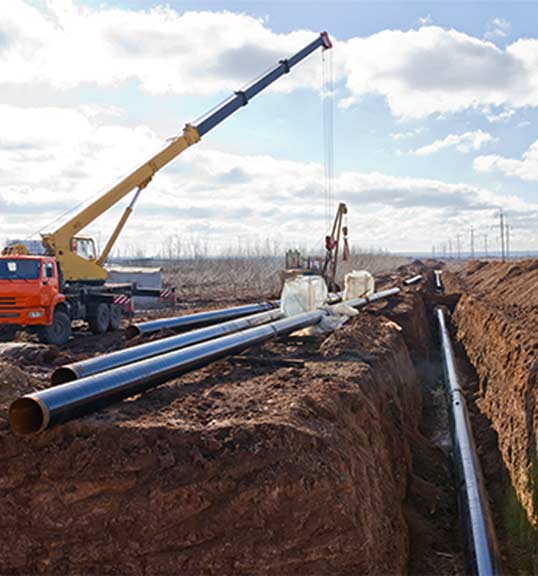If you are an owner of a condominium that is more than 10 years old and located near salt water, you have probably incurred special assessments for repairs to your building for cracked or spilled concrete due to corrosion. If you haven’t experienced the restoration process, you will most likely be introduced to costly concrete restoration in the immediate future because the corrosion of reinforcing steel in concrete is inevitable. Major concrete restoration of buildings such as condominiums and high rise structures is anticipated to be the fastest growing segment, and the most costly expenditure.
Concrete restoration traditionally starts with a field inspection or a corrosion evaluation of the facility by the qualified engineer. After assessing the extent of damage and determining the scope of work, a set of written specifications is prepared. This is usually done by a structural engineer who will bid the project specifications to pre-qualified concrete restoration contractors. Once the bidding process is completed, the board will contract for the work to begin. Many projects take months to complete due to the required excavation of the concrete to expose the rebar and to conduct the necessary repairs to the reinforcing steel. During the period of restoration, the owner endures noise from jackhammers vibrating throughout the building, dust from removing paint and stucco coatings, sandblasting and a total disruption of daily living.
Because of the tremendous expense involved in restoring reinforcing steel in concrete, condominium boards are becoming more proactive in the battle against corrosion. One method of corrosion prevention is the application of cathodic protection to buildings that have standard cast in place rebar construction, post-tensioning or prestressed construction. Condominiums are now applying for cathodic protection as part of their preventive maintenance to stop corrosion and to reduce future restoration resulting from rebar corrosion. It has been used to prevent corrosion for more than 70 years in the oil, natural gas, and power industry.
Also, the government is requiring all steel underground storage tanks in the United States to be protected from corrosion with cathodic protection by the end of 1998. Other applications for cathodic protection include water heaters in your home, boats, marine engines, municipal wastewater treatment facilities, and water tanks. Cathodic protection is an electrochemical method of preventing corrosion and is being installed on various condominiums and other concrete structures for corrosion protection.
One method of cathodic protection utilizes thin layers of zinc anode that are installed on the floor or ceiling of a balcony and connected to the steel rebar. When two dissimilar metals, zinc anode (1.1 volts) and steel rebar (.5 volts) are connected, the metal with the higher voltage (zinc) will generate a small electrical current from the zinc to the steel rebar. Through a series of electrochemical reactions at the surface of the steel, corrosion activity will be arrested. The corrosion protection system stops the corrosion process and eliminates deterioration of steel rebar and subsequent damage to concrete surfaces. This electrochemical method of corrosion prevention is becoming a standard part of preventive maintenance for condominiums and can be applied at the time of new construction before concrete damage has occurred. It can also be applied on buildings 10-15 years old or after a restoration project has been completed to stop future corrosion. Applying a cathodic protection system can reduce the overall cost of present and future concrete restoration projects resulting in thousands of dollars saved to the homeowner.





